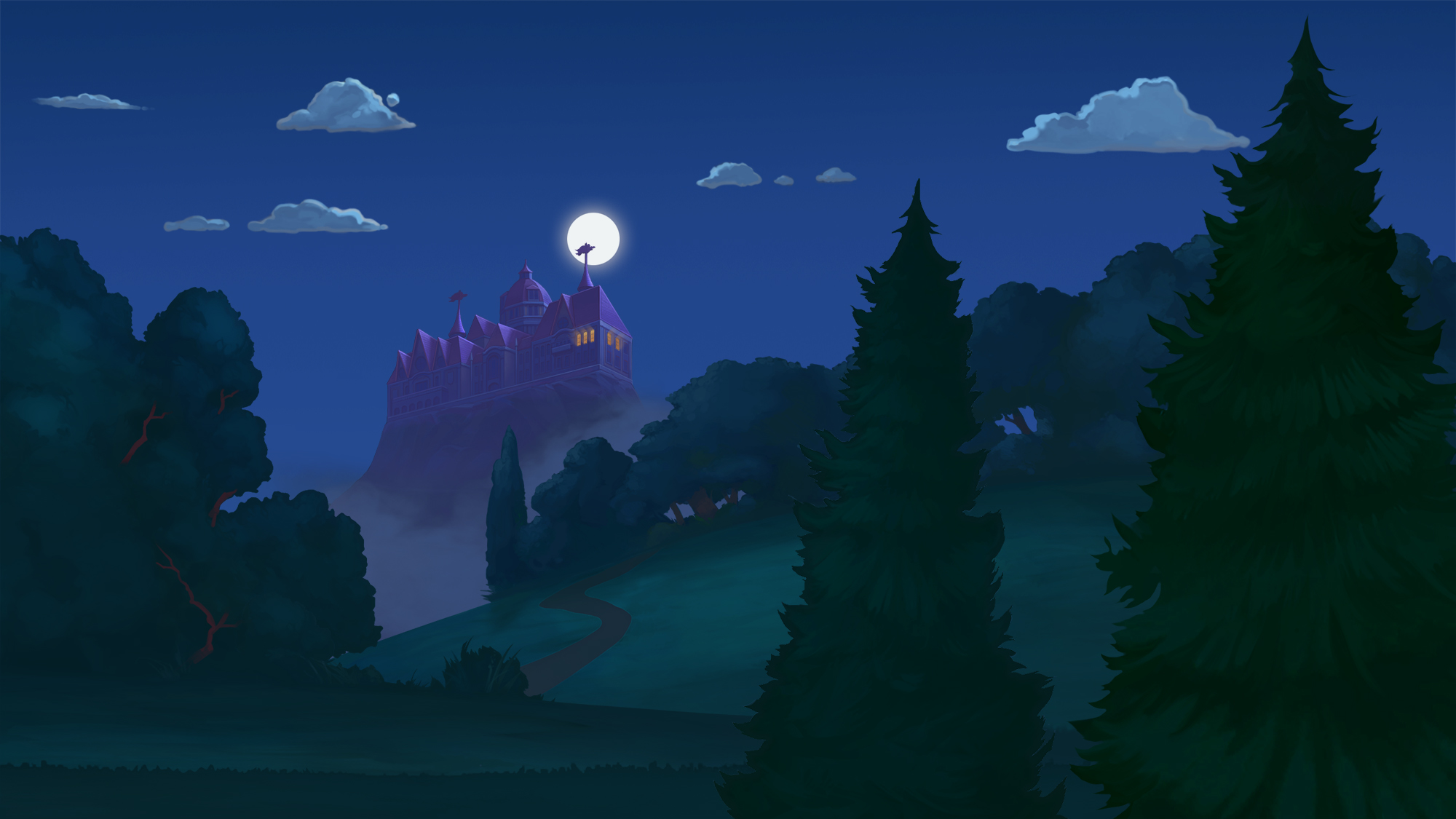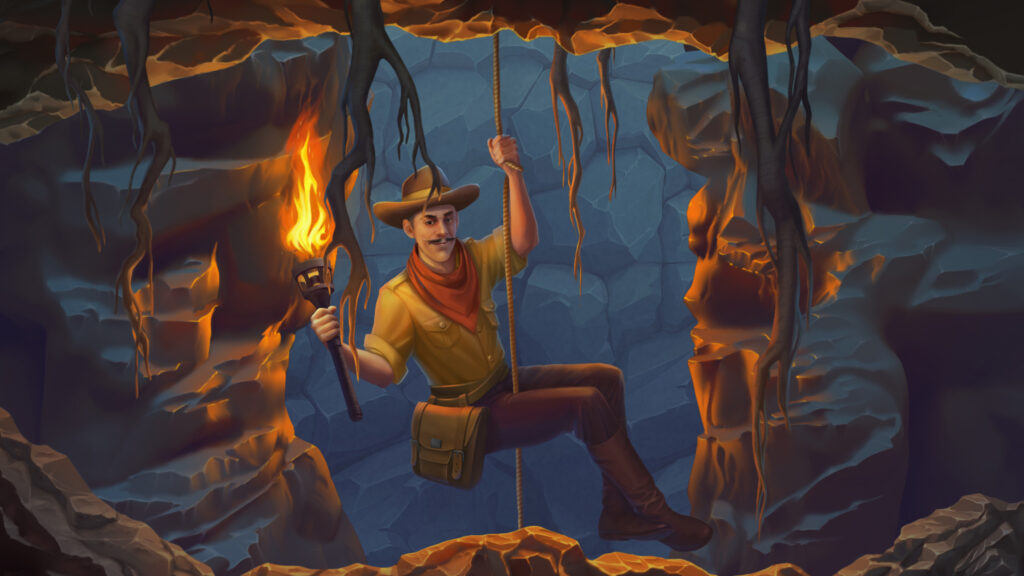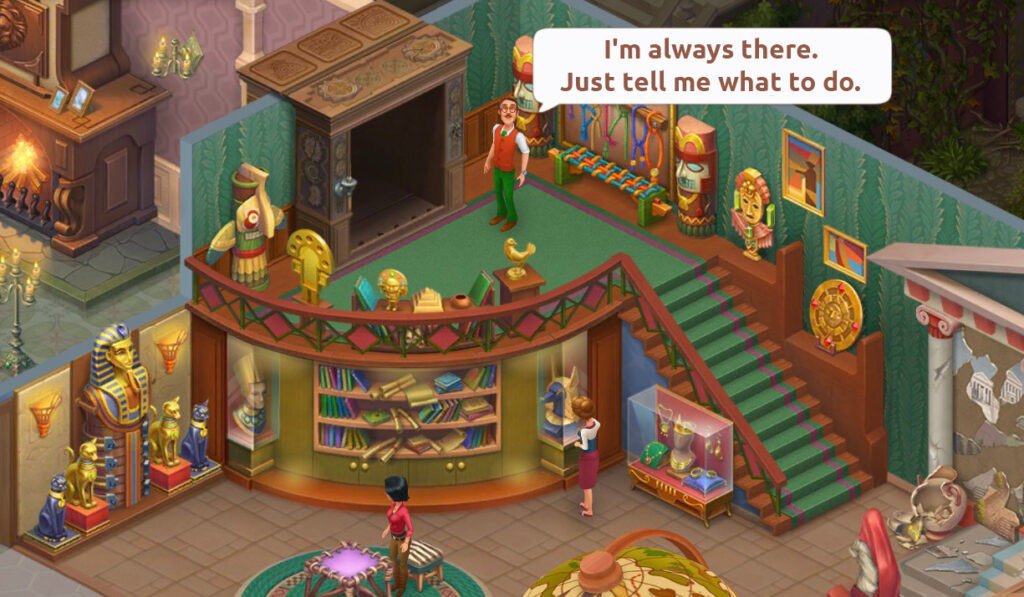
Where does game development begin? It starts from the idea of creating a cool product that will appeal to millions of users worldwide. And the setting is the backbone of any game project: the time of action, place, environment, conditions. It maximizes engagement and retains the player’s attention.
The space in which the characters exist must be thought out at the first stage of development, along with the concept, game mechanics, ways to monetize it, and the platform.
In this article, we will analyze which topics are most popular with players, what aspects of the development of the game universe need to be taken into account, and what errors can lead to the project’s failure.
Note that for some games, it is impossible to determine the setting: there are games in which a world does not exist (cards, bingo, slots, and many hyper-casual games). Most can be attributed to one of the many worlds beloved by users.
We have compiled a list of the most popular topics, illustrating them with examples of famous films or books for a better understanding of the general surroundings:
One game can be based on two different settings. Thus, a product based on Monopoly can be integrated into the world of the Wild West with the capture of cities, fields, and factories. In another case, it could be the world of 18th century New York with the confrontation of criminal authorities for underground bars and influence on government officials.
The story of Manor Matters, created by VOKI Games studio, is based on two game settings: England of the early twentieth century and treasure hunters.

The historical period in which events unfold is clear from the first seconds of the game – Carl meets the player at the railway station near the steam locomotive. Then comes the main location, the Castlewood mansion, built in the Victorian style. The player can recognize the style by the environment: architecture, objects in the room, costumes, and mannerisms of the characters.

Mr. Burke, who, according to the scriptwriters, left the player with a luxurious mansion, is created in the image of Indiana Jones, a brave adventurer and treasure hunter.
Download the game and enjoy its mysterious and carefully crafted world. These qualities are what made Manor Matters a favorite mobile game for millions of players around the world.
The task of game developers is to anticipate market trends based on their gaming experience, feedback from players, and information received from colleagues in the game development industry at conferences, exhibitions, and news in specialized publications.
The bottom line is, if you find out that ten other big companies have announced comic book games, you might want to rethink your decision to make the eleventh one.
To develop a successful gaming product, it’s necessary to focus on the tastes of the target audience, current trends, and marketing research. As part of a survey or testing, a large focus group can provide a lot of unexpected information that will direct the authors in the right direction. A free resource for such analytics is the top downloads rating in the App Store or Play Market, and ratings from authoritative portals (for example, the App Annie analytics platform reports for the year).
Also, don’t neglect the analytics of trends in social networks. Over the past 3-5 years, several obvious “epochs” have emerged: farms, city builders, RPGs, etc.
Strictly generalized, the principle of four literary plots according to Jorge Luis Borges (prose writer, poet, and publicist) applies to games. He argued that nothing is new under the sun, and there are four artistic scenarios that will be popular forever:
Many popular games feature one of these stories. And you just have to imagine in what space these exciting events can develop.
For games, it is customary to create full-fledged lore (a set of basic information about the world, or canon), which includes history, economics, hierarchy, and climate zone.
The harmony of these aspects creates a single, organic structure of the game world, which in the future can only be maintained and revealed from update to update.
And this feeling of a singular flow of history should be supported in all communication channels with the user. Elements of the selected game setting should run like a red thread through social media content, mailing list materials, push notification texts, and even communication with technical support.

For example, Austin, the main character of the games Homescapes and Gardenscapes, has a personal page on Instagram, where he talks about the events of his life and the game in the first person and responds to comments. It’s a good RPG that goes beyond gameplay, keeps people involved, and doesn’t let the atmosphere of the story fade away even outside the game.
The character accompanying the user from the beginning of the adventure is a key figure in the game. The mentor, organically integrated into the plot, engages the user as much as possible from the first minutes. And over time, he becomes a true friend and guide with each new visit to the game. For those who fear nothing, everything will definitely work out!
In Manor Matters, this character is the charismatic Carl. He tells the location’s story, introduces other characters, offers tasks to complete together, and encourages players at difficult stages. This assistant is one of the main “anchors.”

There are two main stumbling blocks that can prevent the future success of the project even at the concept stage:
In these cases, we can say that fundamental ideas of the play space are neglected, and the future of such a project is uncertain.
It’s essential to consider the main stages of development before setting sail so that the ideas form a coherent picture. This will create a symbiosis of the game universe, mechanics, and visual component and surely please the players.